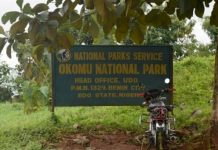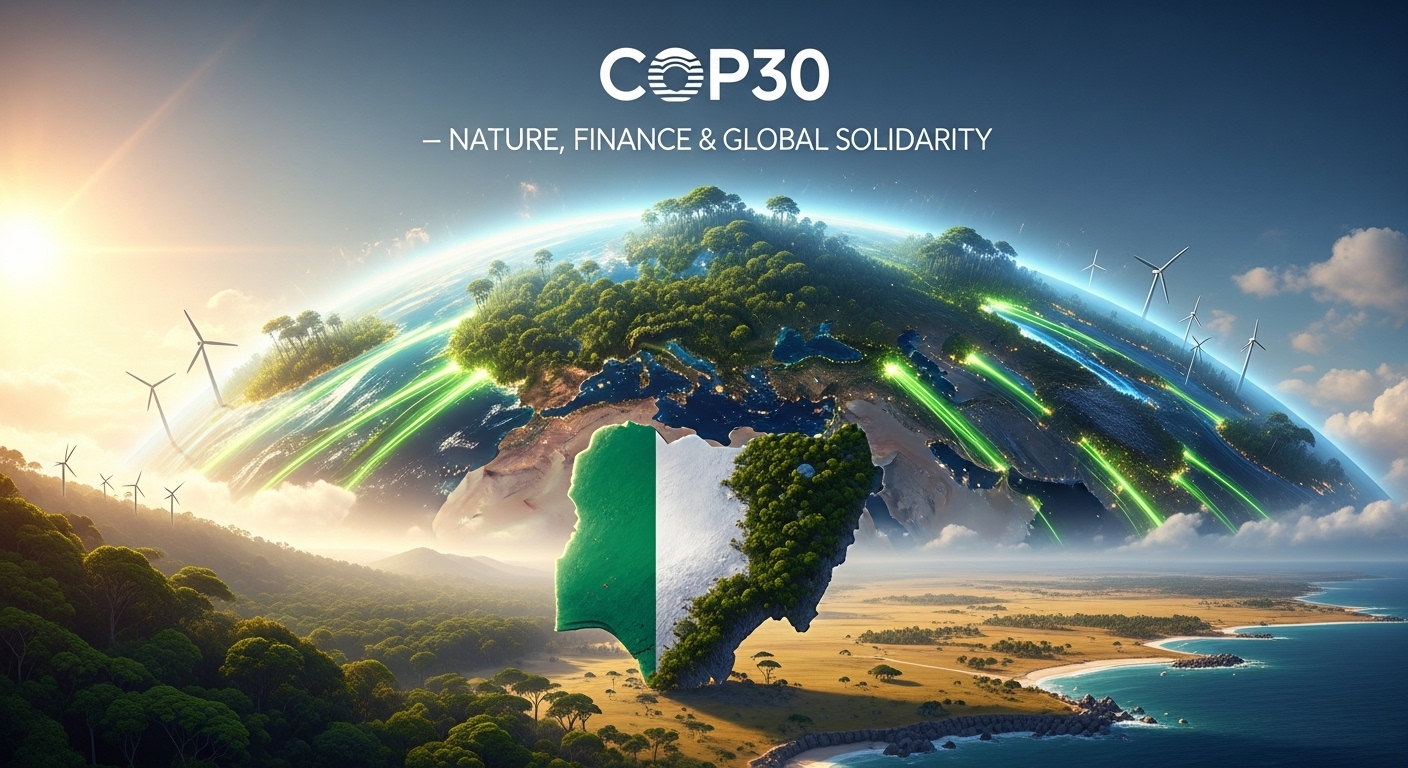The 30th session of the United Nations Climate Change Conference, held in Belém, Brazil, highlights the nature-as-infrastructure approach. Forests, wetlands, oceans, and landscapes are active players in the climate game.
At COP30, the host country chose the Amazon basin as the stage for this message, implicitly saying: this is where the global atmosphere is shaped, and therefore, where financing, politics, and justice must align.
Why finance for “nature” is suddenly front and centre
Several interlinked strands have elevated nature-finance into a critical topic:
- Nature-based solutions (NBS) —actions that protect, restore, or manage ecosystems to address climate change —are increasingly seen not as optional or fringe, but as essential. According to one estimate, NBS could deliver up to 30 % of the mitigation needed by 2030.
- Yet paradoxically, only a small fraction of climate finance is directed to such solutions: just 3% for mitigation and around 11% for adaptation in nature, as noted in one report. Conservation International
- Debt burdens, bilateral/multilateral financing structures, private-sector engagement, and governance deficits are creating hurdles. The summit is being treated as a turning point to align money, markets, and nature.
- Because forests and oceans transcend borders, the logic of “shared resource, shared responsibility” is gaining traction. That means countries must look beyond national savings and budgets and explore global mechanisms.
What’s on the agenda at COP30
Some of the financial innovations and frameworks being discussed include:
- The proposed Tropical Forests Forever Facility (TFFF), envisioned by Brazil, aims to mobilize large-scale funds for tropical forest conservation by 2030.
- Mechanisms such as debt-for-nature swaps, blended finance (public + private + philanthropic), and blue-carbon markets (finance linked to marine/coastal ecosystems) are rising as tools.
- Reforming access to finance: making it predictable, equitable, and accessible for countries with ecosystems on the front line.
- Anchoring NBS into national climate architectures: including carbon markets, landscape restoration programmes, and marine/blue economy policies.
Nigeria’s Call from the Front
While the global stage is assembling, Nigeria is raising its voice and its stakes. At COP30, the Nigerian Vice President, Kashim Shettima (representing President Bola Ahmed Tinubu), emphasised that nature is “probably the most critical infrastructure in the world” and demanded that global financing mechanisms reflect that reality.
Key points from Nigeria’s position:
- Nigeria aims to mobilise up to US$3 billion per annum via its National Carbon Market Framework and Climate Change Fund.
- It is pressing for mechanisms such as:
- grant-based finance (not just loans) for nature-based solutions
- operationalising Blue Carbon Markets under Article 6 of the Paris Agreement
- debt-for-nature swaps to free up developing countries’ fiscal space
- stronger roles for indigenous peoples, farmers and fisherfolk (recognising that nature-stewards are often local communities)
- Nigeria emphasises justice: countries of the Global South “that have contributed least … are today paying their highest price”. The implication: historical responsibility should translate into mobilised finance for restoration.
- Domestically, Nigeria is not just asking for help: it is acting. For instance, via its Great Green Wall Initiative (10 million trees across 11 states), a target to restore 2 million ha of degraded land by 2030, and a Marine & Blue Economy policy.
Why Nigeria’s stance matters (and why you should care)
- Nigeria is representative of many countries in the Global South: high exposure to climate risks (desertification, coastal erosion, illegal mining) combined with limited historic cumulative emissions. Its voice, therefore, carries moral and practical weight.
- The model of linking nature protection, job creation, and national carbon markets is replicable across many developing nations.
- The integration of blue carbon (coastal/marine ecosystems) signals a relatively under-recognised but high-value frontier of climate finance.
The big question: Can the world meet the financing ambition?
We are still a long way from where we need to be. Although COP30 is pushing hard:
- Civil society recommends mobilising US$7 billion annually for the Amazon alone—and the actual mobilised amount has been lower.
- One external monitoring report noted that global climate finance targets are far behind schedule, with only ~4-5% achieved as of recent estimates.
- A recurring hurdle: money pledged often doesn’t reach front-line actors (local communities, indigenous peoples) due to governance, access, and capacity bottlenecks.
Looking ahead: what to watch
- Whether COP30 produces a global compact on nature finance—linking countries, institutions, private capital, and communities in a unified agenda.
- How the Tropical Forests Forever Facility (TFFF) is operationalised: size of funds, governance, results-based payments.
- Uptake of blue-carbon financing and whether coastal/marine ecosystems get parity with forests.
- Whether developing countries like Nigeria can gain direct access to funds and mobilise private capital via frameworks such as the African Nature Finance Framework, which Nigeria referenced.
- Metrics & accountability: finance flows alone won’t suffice unless we measure impacts—hectares restored, carbon sequestered, communities empowered.
Final thoughts
The narrative around climate is shifting to “nature + emissions + justice”. COP30 may become a pivot point for aligning global financial flows with the ecosystems that underpin our planet’s viability. Nigeria’s appeal at the summit is both urgent and strategic: if nature is global infrastructure, then the investment case is worldwide and the responsibility is shared.
For you, the takeaway is: ecosystems like forests and oceans are capital assets, not just moral or aesthetic ones. If the world increasingly treats them that way (with wallets to match), the future of both climate and development takes a turn. If not, we’ll continue patching holes while the foundations shift beneath us.
















